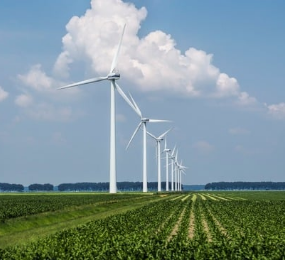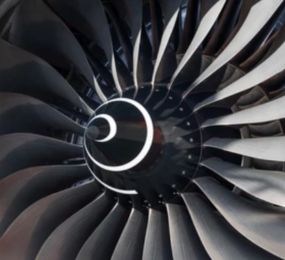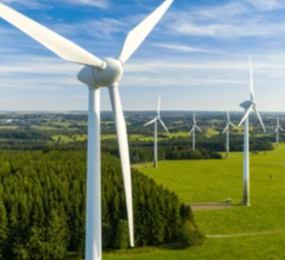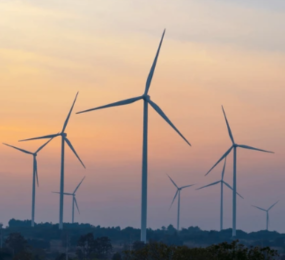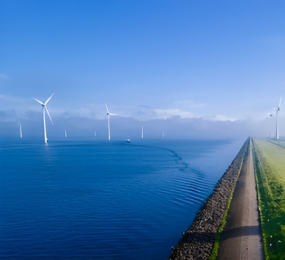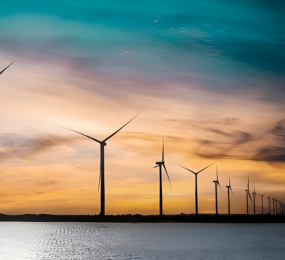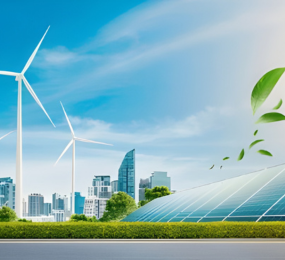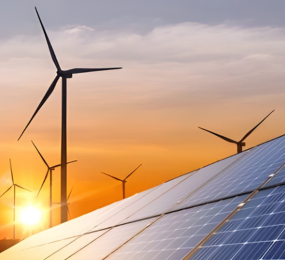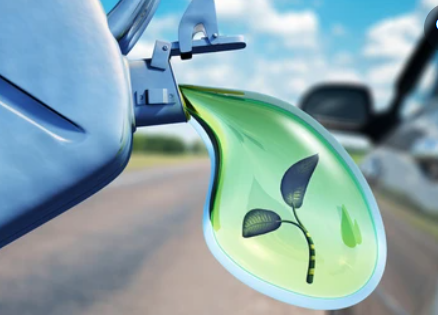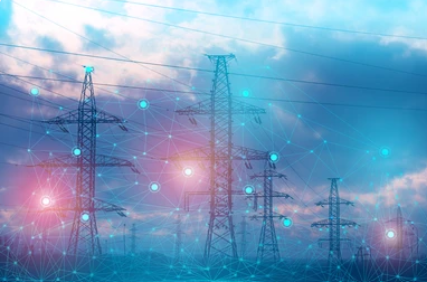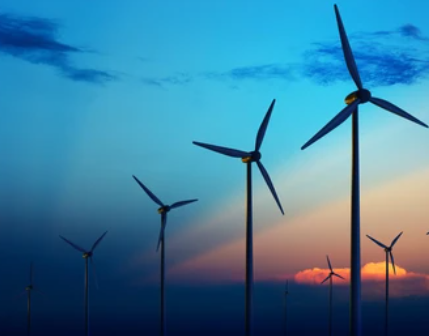Rethinking Wind Turbine Blades: Materials and the Push for Sustainable Recycling
As the world pivots toward renewable energy, wind power has emerged as a crucial player in reducing global carbon emissions. But while turbines stand tall as symbols of sustainability, the materials used in their blades—and the challenge of recycling them—are becoming a focal point in the industry’s next chapter.
Wind turbine blades are marvels of engineering: long, light, and incredibly strong. Most are constructed using a mix of fiberglass, resin, and sometimes carbon fiber—materials chosen for durability and aerodynamic performance. But what makes these blades so reliable also makes them hard to recycle.
The Problem No One Talked About—Until Now
Wind farms have an expected life of 20 to 25 years, and thousands of turbines installed in the early 2000s are now approaching decommissioning. What happens to the blades after retirement? Unlike the steel towers or copper wiring, these composite blades aren’t easily recyclable and often end up in landfills.
This reality has sparked concern across environmental, industrial, and policymaking communities. While wind energy is low-emission, discarding blades threatens to undermine the very sustainability it promotes.
Innovating for a Circular Future
The industry isn’t ignoring the problem. Researchers and manufacturers are racing to develop recyclable alternatives. Some companies are now producing thermoplastic resin blades that can be melted down and reused. Others are experimenting with natural fibers, such as flax or bamboo, to replace synthetic components.
On the recycling front, advanced methods like mechanical grinding, pyrolysis (thermal decomposition), and chemical processing are being explored to recover materials without losing their integrity. While costly today, these processes are laying the groundwork for a more circular wind economy.
Major turbine manufacturers like Siemens Gamesa and Vestas have also pledged to produce fully recyclable blades in the coming years, a move that could reshape the industry standard.
Designing with the End in Mind
It’s no longer enough to design wind turbines for performance alone—sustainability must be embedded from the start. Blade design now considers recyclability, ease of disassembly, and life-cycle emissions. Cross-industry collaboration—between material scientists, energy developers, and policymakers—is key to accelerating progress.
Takeaway Point
Wind energy is vital to a net-zero future, but it’s time to address the blind spot: turbine blade waste. By reimagining materials and investing in innovative recycling methods, the wind sector has a real opportunity to lead not only in clean energy but in true sustainability. The wind may be renewable—but the way we build and retire our turbines must be as well.
Learn more on our website: https://www.leadventgrp.com/event/3rd-annual-wind-blade-materials-and-recycling-forum/register
For more information and group participation, contact us: [email protected]
www.leadventgrp.com | [email protected]




